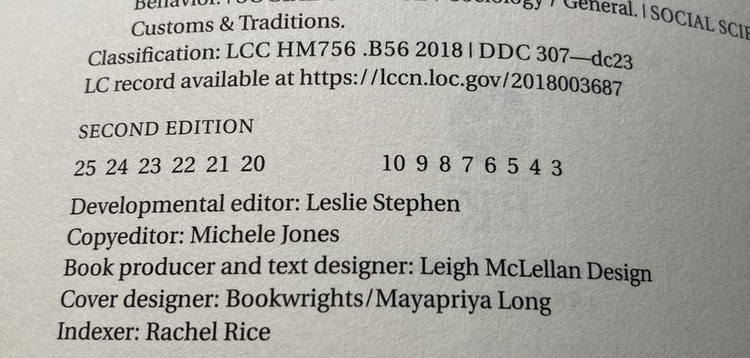Picasso observed that, “inspiration exists, but it has to find you working.” Inspiration has to find you in the midst of your practice.
Let’s say that I enjoy painting. When I find myself painting, I usually find myself happy. I love the feeling of setting down my brush after having worked out some little problem in a painting. And so, I decide I’m going to paint regularly.
Or let’s say I enjoy sailing. I love the adventure, or the wind in my face. And so, I decide I’m going to sail regularly.
Or, running, writing, movement, music … your choice.
But without concrete plans, and clear processes, I will never actually do the practice. Friction, followed closely by excuses, will sap my momentum. If I’m to be a runner, my shoes, clothes, music or whatever I need— Those things must be in place. For any practice there are some things which you will feel must be in place.
The processes that I’m imagining, which remove friction and enable my practice, have a steady state. For my process, what does “done” look like? It looks like me sailing so often I can’t even remember not sailing all the time. Or it looks like me running and jumping and playing so often that my body is a comfortable place for my mind.
Matthew Frederick, the author of 101 Things I learned in Architecture School, makes this point:
True style does not come from a conscious effort to create a particular look. It results obliquely—even accidentally—out of a holistic process.
This point about a holistic process—the idea that mastery isn’t some higgledy-piggledy mish-mash of throwing things together—is an idea I’ve held dearly for a long time. Every single time that I’ve decided to take a process, and repeat it in search of understanding, the learning and personal growth has paid off beyond my wildest dreams.
I’m a process process process person. The second time I have to do something, I’m trying to figure out how to either never have to do that again, or how to automate it. (And failing those two, it goes into my admin day.) Random activity, powered by inspiration works to get one thing done. But inspiration doesn’t work in the long run, and it won’t carry me through my practice.
Instead, I want to know what can I intentionally do to set up my life, so that I later find myself simply being the sort of person who does my chosen practice? I want to eliminate every possible bit of friction that may sap my momentum.
There’s a phrase in cooking, mise en place, meaning to have everything in its proper place before starting. The classic example of failure in this regard is to be half-way through making something only to realize you’re missing an ingredient and having to throw away the food. Merlin Mann, who’s little known beyond knowledge workers, has done the most to improve processes for knowledge workers and creative people. I’m not sure if he’s ever said it explicitly, but a huge part of what he did was to elevate knowledge workers and creatives by cultivating a mise en place mindset.
And don’t confuse “process” or a “mise en place” mindset with goals. Forget goals. Focus on the process, and focus on eliminating friction.
To quote Seth Godin:
The specific outcome is not the primary driver of our practice. […] We can begin with this: If we failed, would it be worth the journey? Do you trust yourself enough to commit to engaging with a project regardless of the chances of success? The first step is to separate the process from the outcome. Not because we don’t care about the outcome. But because we do.
And I’ll give my last words to Vincent Thibault, author of one of my favorite books:
That is how we are still conditioned socially as adults: Do, achieve, produce results, instead of be, feel, enjoy the process. Quantitative over qualitative. We are obsessed by performance and “tangible” results. But that is one of the great teaching of Parkour and Art du Déplacement: That the path is just as enjoyable as the destination; That sometimes it is even more important, and that oftentimes it is the destination.
ɕ


